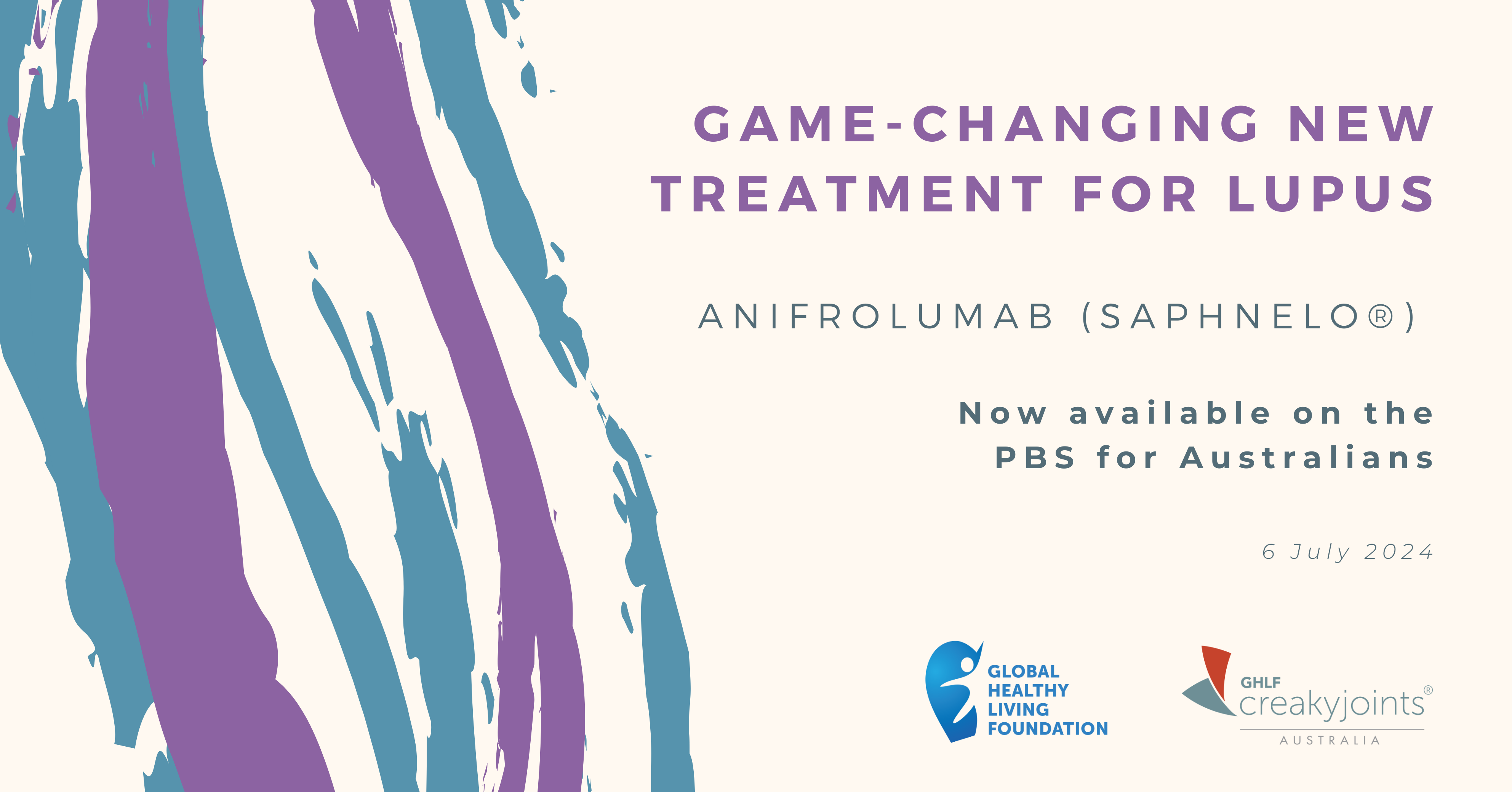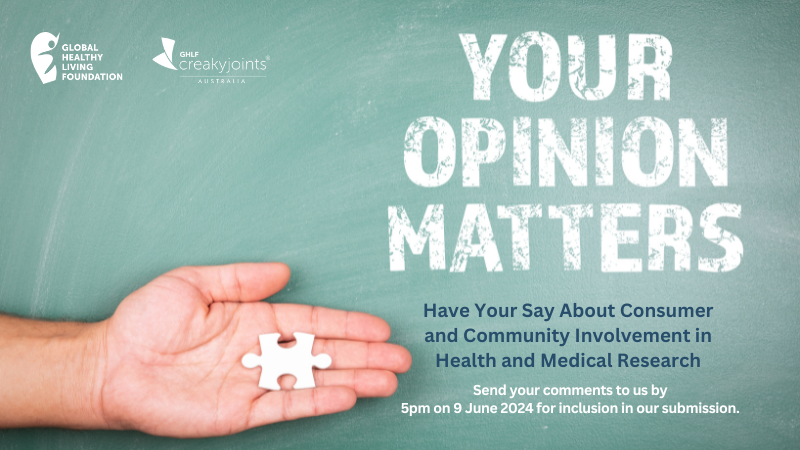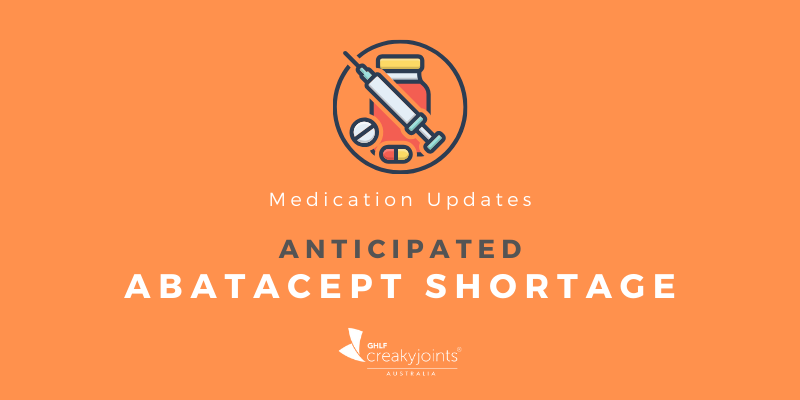

Did you know 3.4 million Australians lived with chronic pain in 2020? If no action is taken this number is expected to rise to 5.2 million in 2050. However, Australians currently face a lack of pain services and long wait times to access pain specialist appointments.Chronic pain has many causes, including inflammatory conditions, neurological conditions and injuries and it affects people to different degrees. For many, their treatment revolves around medications such as analgesics or anti-inflammatories. Analgesics such as pregabalin, opioids, aspirin, paracetamol and paracetamol with codeine are among the most prescribed drugs in Australia.
In June 2020, the Australian Government introduced a range of measures designed to address the alarming number of opioid-related deaths each year. These measures included changes to clinical guidelines and ongoing prescription regulations for opioids and other pain medications.
The recent Painaustralia report Impact of opioid regulatory reforms on people living with chronic pain showed the results of a consumer survey conducted from December 2021 until February 2022. The survey received a total of 1808 responses and an additional 1920 social media engagements that included posts, reactions, shares, retweets and comments.
Consequences of the Opioid Reforms
The report found, since the reforms were introduced, a total of 37.7 per cent of respondents said their opioid medication had been reduced by a health professional and a total of 18.5 per cent had their medication ceased.
“Overwhelmingly, consumers reported the reforms had had a significant negative impact on their quality of life. Consumers relayed stories of having their medications ceased immediately and being left with little or no alternative for treatment. They reported increased feelings of anxiety and isolation while having to cope with additional costs due to increased medical visits and inadequate funding for alternative treatment.”
59.6 per cent of respondents reported difficulties in accessing any treatment options for their pain management. 43.1 per cent reported that their health professional did not offer an alternative treatment or support for them to manage their pain. These issues were often compounded for people in rural and regional areas. In addition, the pandemic created more barriers to accessing other treatment options.
For those consumers who were offered alternative treatments (46.5 per cent), the most common were allied health services such as physiotherapy and psychology support. However, many consumers reported that they were unable to access these alternatives due to costs.
While 48.6 per cent of respondents did feel supported by their healthcare professional in managing their chronic pain, 34.3 per cent did not feel supported. This group expressed their frustrations through the survey — commenting that they believed their health professional was either constrained in being able to help them or did not understand the reforms or have enough knowledge about chronic pain.
Report Findings
The main themes that emerged within the report were:
- The lack of access to alternative services available for people with chronic pain, in the absence of medication
- Difficulties in accessing medication; feelings of judgement and stigma
- Decreased quality of life; poorer mental health
- Increased visits to GPs and other health professionals resulting in increased and unwanted costs to consumers
- The need for education and awareness campaigns for consumers and health professionals.
Painaustralia believes the report findings emphasise the underlying urgent need for alternative support and treatments for consumers and show the significant mental health impacts on chronic pain facing consumers.
While Painaustralia supports the intention of the reforms to reduce opioid-related harm, they state it is clear from the survey that many of the challenges that existed for people with chronic pain before the introduction of the regulations have been exacerbated.
“The introduction of the reforms during the Covid-19 pandemic has left consumers with chronic pain increasingly isolated, distressed and at a loss when seeking access to, and affordable alternative treatments.”
What Needs to Change?
Painaustralia says the survey results demonstrate that regulation cannot be the only solution to the growing opioid problem. Instead, we need to balance access to medications with providing and funding other multidisciplinary pain interventions.
CreakyJoints Australia supports Painaustralia’s call for:
- Increased support for people living with chronic pain, including the creation of a dedicated helpline to address mental health and provide referrals to alternative pathways and support groups.
- Additional funding for new items under the Medicare Benefits Scheme to give greater access to allied health services and group pain management programs.
- Continuous and additional education and awareness campaigns to help reduce stigma and provide clear pathways to alternate treatments for consumers and health professionals.
What Can You Do?
- Help promote awareness of these issues by sharing the report with those around you, including your health professionals and via social media.
- Contact your local state and federal politicians and share your concerns about the effects of the current opioid regulations on people with chronic pain. Help them become more aware of the issues by sharing the report with them and asking them to back Painaustralia’s calls for change.
- If you have been adversely affected by the current opioid regulations and are not getting optimal pain management assistance from your health professionals, raise your concerns with them and ask them to help you find more suitable treatment options. If this approach is not successful, consider seeking new healthcare providers. You could also join a chronic pain support group to get practical tips from others in similar circumstances.
Visit the Painaustralia website for information on accessing support in your area.
If this article has raised feelings that concern you, visit the Lifeline website or call 13 11 14.
Keep Reading
Medicinal and Non-Medicinal Arthritis Treatments
10 Things to do After an Arthritis Diagnosis: Top Tips From Patients
Patient PrepRheum podcast series
Patient Stories
Choosing Your Healthcare Team




